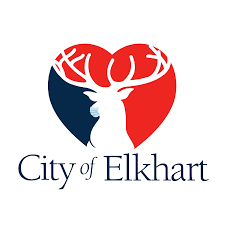The Wall Street Journal and Realtor.com released the WSJ/Realtor.com Fall 2021 Emerging Housing Markets Index, which revealed Elkhart-Goshen, Ind. is now the No. 1 emerging market in America. The index analyzes key housing market data, as well as economic vitality and lifestyle metrics, to surface emerging housing markets that offer a high quality of life and are expected to see future home price appreciation.
Each emerging market is home to strong job markets, which have driven up home prices. On average, the unemployment rate in the top-20 emerging markets was 3.9 percent compared to 5.1 percent for the 300-metro average. Steady income is a significant driver of home prices, and these areas are no exception. The average median asking price in these areas was more than double the average rate of growth in all 300 markets – at 13.4 percent versus 6.6 percent, respectively. Notably, last quarter’s top markets were generally more affordable, but in the fall quarter’s data, they’re more expensive, on average, with a median price of $392,800 among top markets compared with $359,100 among all 300 markets.
Even though housing is pricier than average in these markets, other costs of living are lower (the regional price parities average 93.4 versus 94.6) and average wages are slightly higher ($1,056 versus $1,049 weekly). The estimated property tax rate is also slightly lower, averaging 0.89 percent compared with 1.12 percent. When property tax savings are applied to the typical asking price of a home, this lower rate means savings of more than $550 per year, even though the median list price is higher.
Commute data suggests that getting to and from work is a bit faster in the emerging metros than all 300 metros. With the typical commute taking 22.6 minutes compared to 24.4 minutes, workers in these areas save a total of 15 hours over the course of a year.
To see a list of the Top 20 Emerging Housing Markets for fall, click here.
